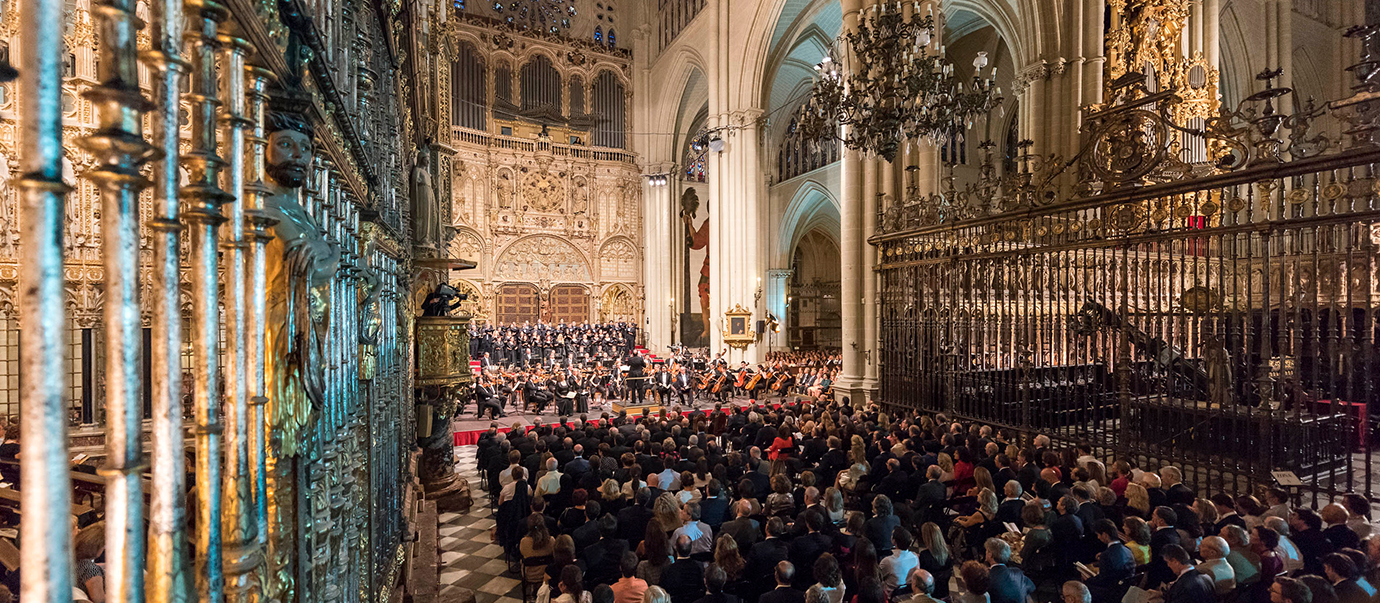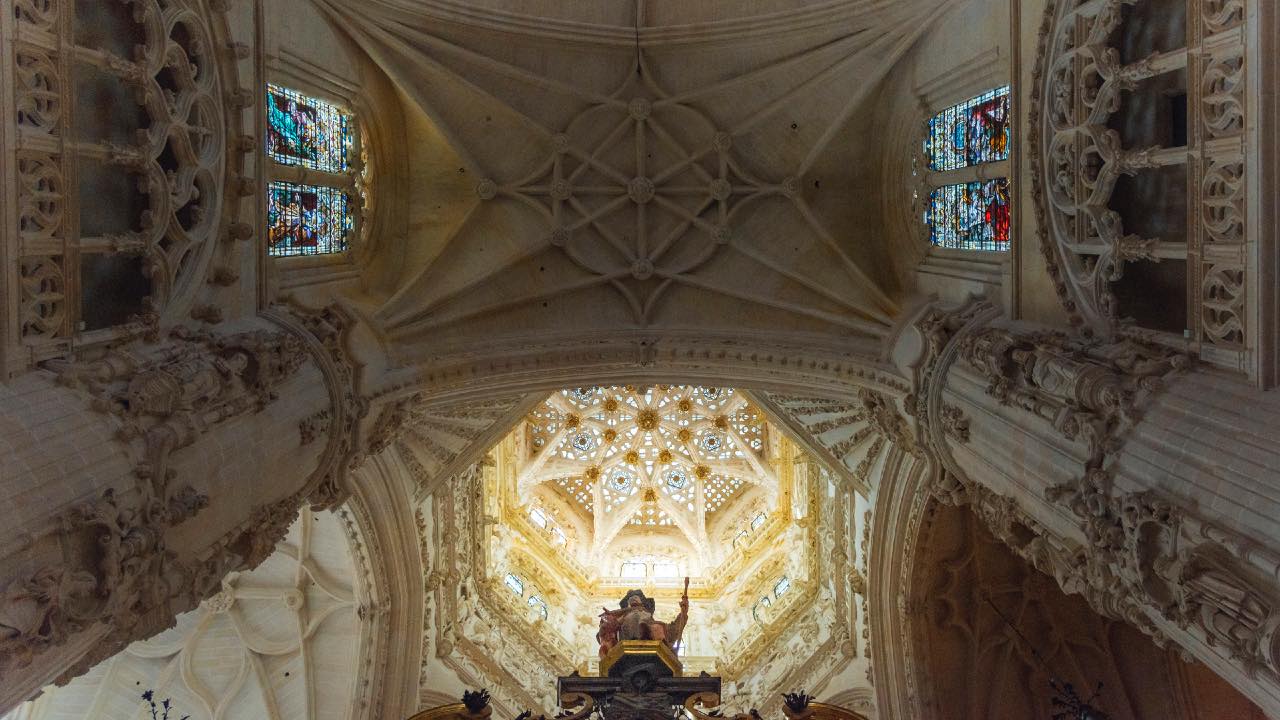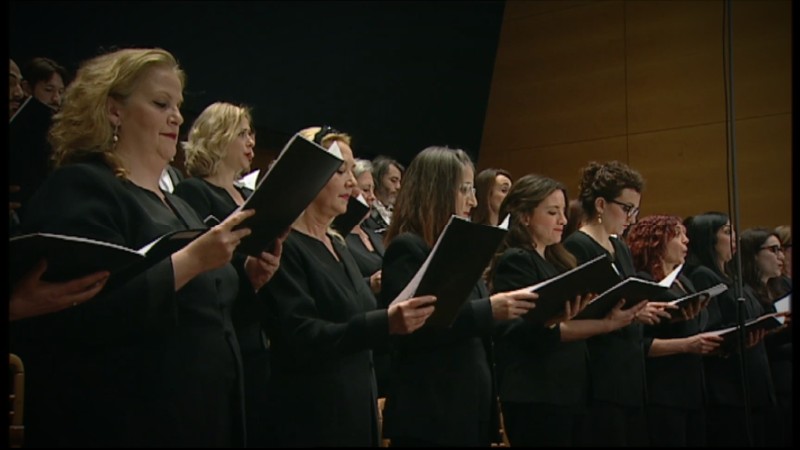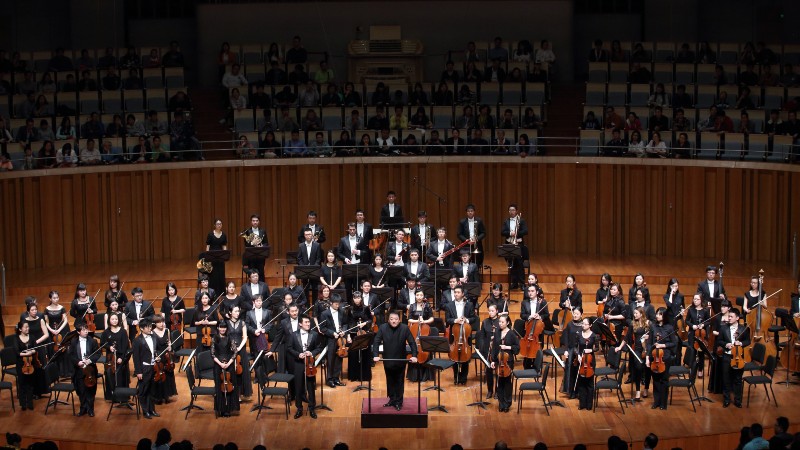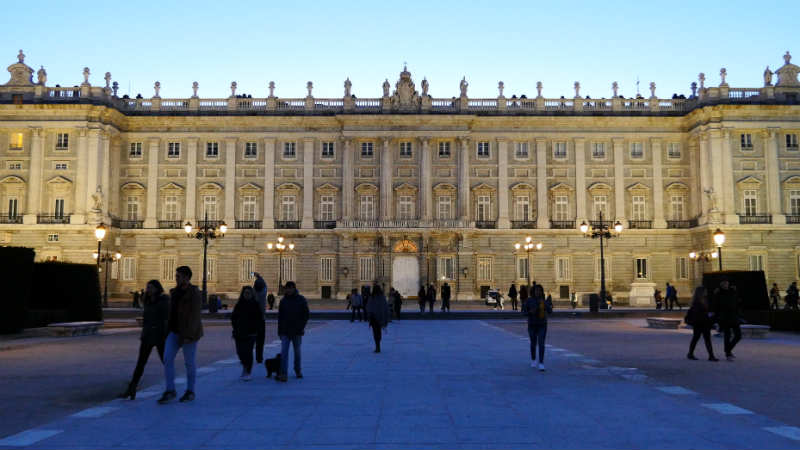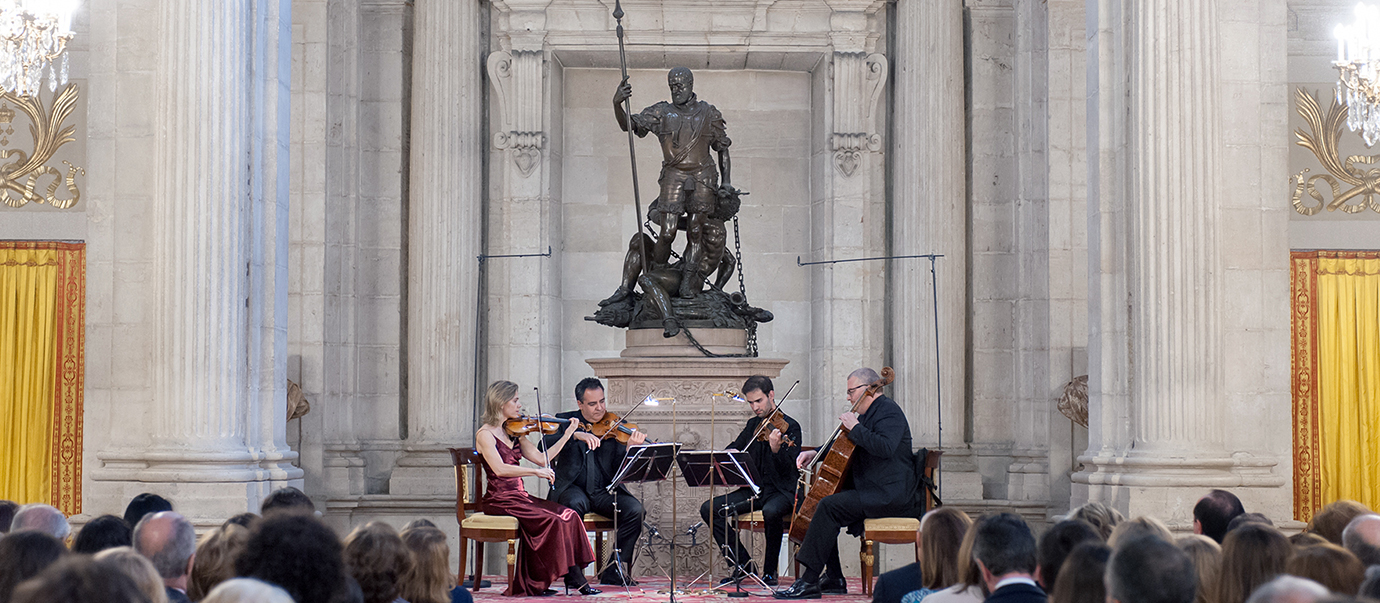In 1786, Mozart had just turned 30. Little did he know that it would mark the beginning of the last chapter of his life. Piano Concerto No. 23 was composed in that year, just five years before his death, and embodies all the musical thinking of this young genius at the height of his creative powers. Tchaikovsky regarded Mozart as the 'Christ of Music' and his own Variations on a Rococo Theme of 1876 was, in a sense, a tribute to Mozart, Haydn and other classical composers. In contrast to the intense passion of many of his better-known works, this piece is captivating in its elegance, harking back to earlier musical eras. Dvorak's Silent Forests was composed around the same time and reflects the composer's deep connection to his homeland, using Bohemian-influenced melodies.
Bruckner's Symphony No. 2 was first performed in 1873 and several versions of the work exist. It remains the only one of his symphonic works without a dedication and, at the same time, the first piece in which his powerful musical style comes to the fore. In 1868, Bruckner had just presented his Symphony No. 1 in Linz, soon moving to Vienna, a trip he had long wanted to make. By the time he presented his Symphony No. 2 five years later, he was already approaching fifty. That year he also managed to make a pilgrimage to Bayreuth, where he finally met his hero, Wagner. He showed the revered composer his recently completed Symphony No. 2 and the Symphony No. 3 he was still developing, expressing his wish to dedicate one of them to Wagner. The older composer commented that Symphony No. 2 was "very beautiful" but seems to have preferred the new work. Bruckner's nerves during the meeting were such that he completely forgot which of the symphonies Wagner had expressed a preference for and had to write to him afterwards to confirm it. Finally, he dedicated Symphony No. 3 to Wagner, intending to dedicate No. 2 to Liszt. Liszt accepted his dedication but then forgot the score in the hotel room. This angered Bruckner, who decided to withdraw his dedication. In this work, long pauses often mark the division between musical phrases, becoming another hallmark of the symphony, to the extent that it is sometimes referred to as "the Symphony of Pauses".
Conductor | Lü Jia
Pianist | Sa Chen
National Centre for the Performing Arts (NCPA) Orchestra
Program
Wolfgang Amadeus Mozart
Piano Concerto No. 23 in A major
Anton Bruckner
Symphony No. 2 in C minor


